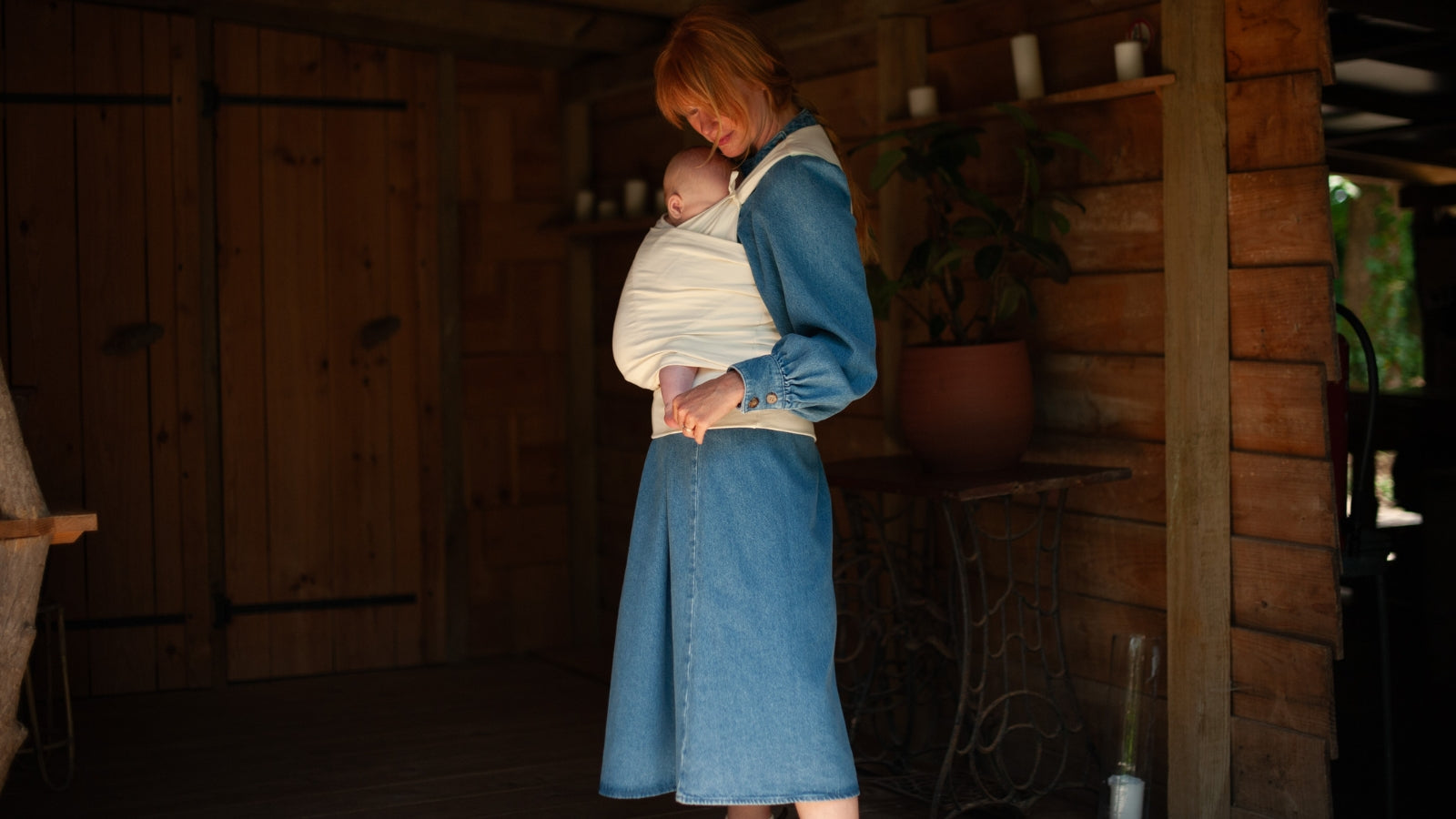Why Does Baby Cry?
Every parent has felt helpless at some point in the face of their baby’s cries. It's an unpleasant experience, not being able to soothe and comfort this little being overwhelmed by emotions.
First of all, take heart—studies show that these cries are almost always normal.
But once you've made sure the baby has eaten, slept, and been changed... you might find that the crying continues. So, what can you do? Should you pick them up?
“But I have a thousand things to do,” “I shouldn’t give in to this,” or “I’ll create bad habits”—these are the guilty thoughts that echo in our minds.
Stop. Let’s pause for a moment.
First, remember, we are mammals. One of the characteristics of young mammals is seeking proximity to adults and showing signs of distress when separated. We are no exception. That a baby cries is common, even normal... but that doesn’t mean you should let them scream!
It's time to trust yourself as a parent and trust your child. Baby needs to be reassured by the presence of a loving person nearby. They need contact. And no, this isn’t a “whim” as some might say... A baby doesn’t cry “on command.” Their brain isn’t mature enough for that. Their cries are not intentional; they are sincere. They need you.
They need your presence, your scent, and your warmth to be reassured.
Another myth to debunk: “No, a child won’t get ‘used to being held,’” meaning they won’t cry more often if the adult picks them up frequently. On the contrary, studies show that the more an adult responds quickly and appropriately to crying with physical closeness, the more autonomous the child becomes as they grow older.
How Can Babywearing Help?
Ethnologists have observed that babies from traditional cultures cry less often and for shorter periods than Western babies. Thanks to mother-baby proximity, the mother responds to her child's discomfort signals as soon as she detects them.
Carrying your baby close to you reassures both the baby and yourself.
“He’s fine, I can feel it.” It’s about trusting your instincts, connecting with your emotions, and laying the foundation for a trusting relationship. According to Dr. Christine Coquart, attachment parenting involves close proximity, active listening, and containment that reassures, soothes, and nurtures the baby. It creates a strong bond, ensuring stable inner security for the child. Pediatrician Catherine Gueguen explains that attachment parenting and kindness support the child’s psychological development. They trigger the release of oxytocin, the hormone of well-being. Oxytocin underpins empathy and altruism: it’s the hormone of bonding with others.
The reassuring and caring presence of adults allows the child to experience “secure detachment” during developmental stages. The more a baby’s basic needs are met, the denser and more positive their cognitive connections become. They will feel well-being and security, which expands their ability to explore with confidence.
Note that we are talking about physiological babywearing here, which supports the child’s healthy development and respects their natural positioning. Physiological babywearing can seem intimidating... Fear of dropping the baby, fear that it will take too long (when you're already late)...
Who wouldn’t be scared by meters of fabric to wrap around yourself with one hand while holding a baby in the other?!
Mama Hangs: A Simple and Quick Solution
Mama Hangs' ergonomic baby carriers are designed to avoid any discomfort in handling and positioning the baby. They allow you to secure your baby against you quickly and safely.
The simple and appropriate babywearing solutions offered by Mama Hangs help reconcile the demands of modern life with the child’s physiological well-being by reconnecting with ancestral nurturing practices.

